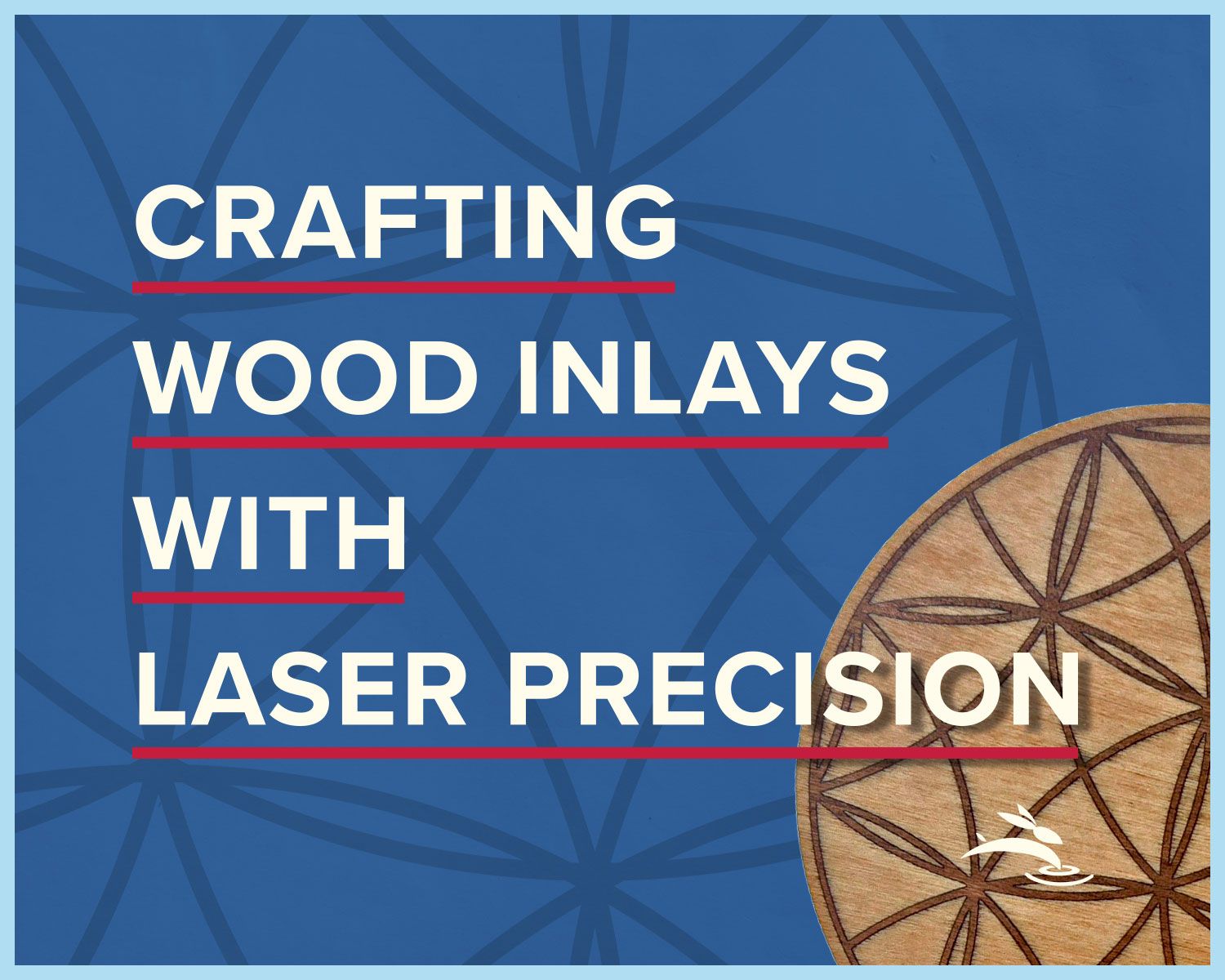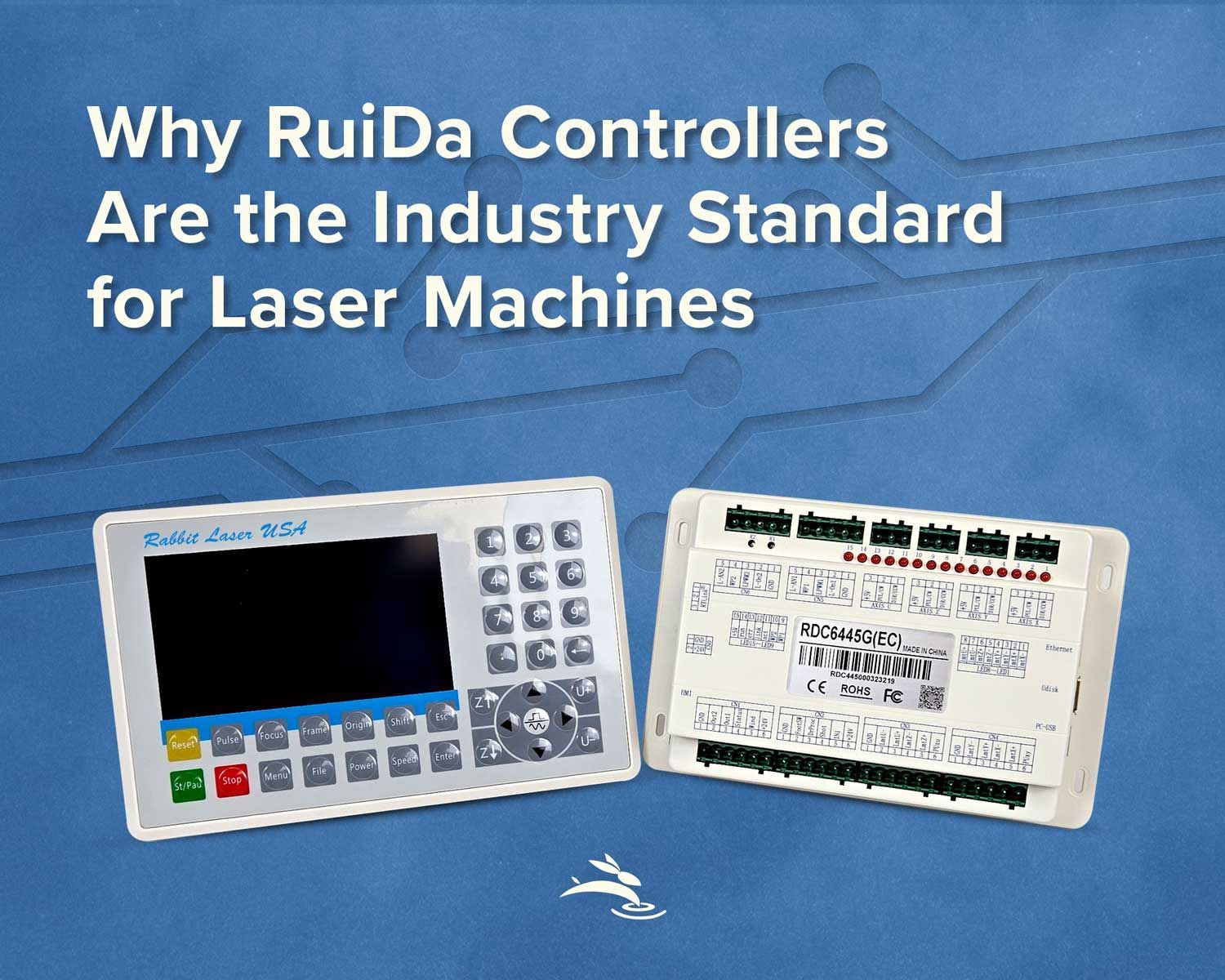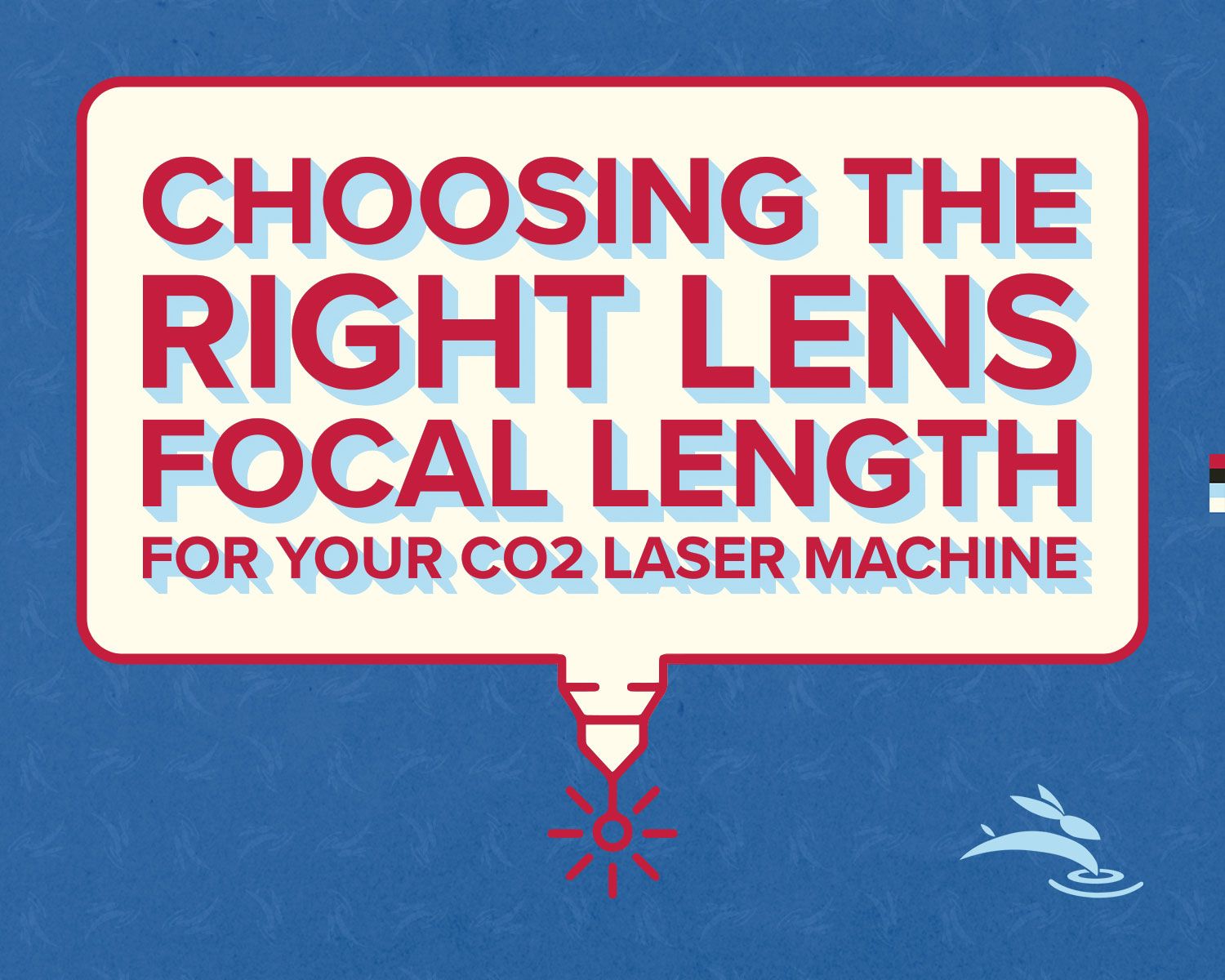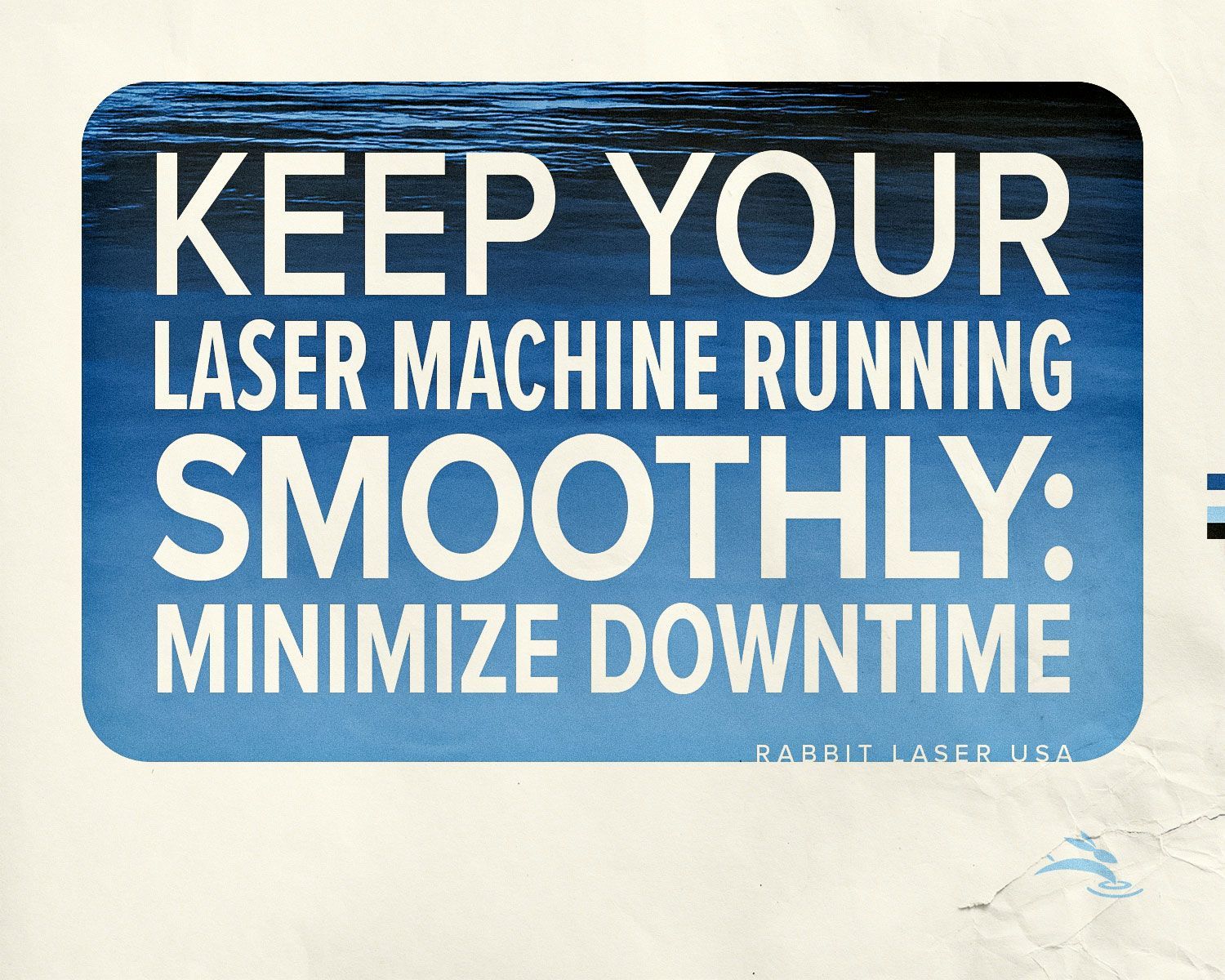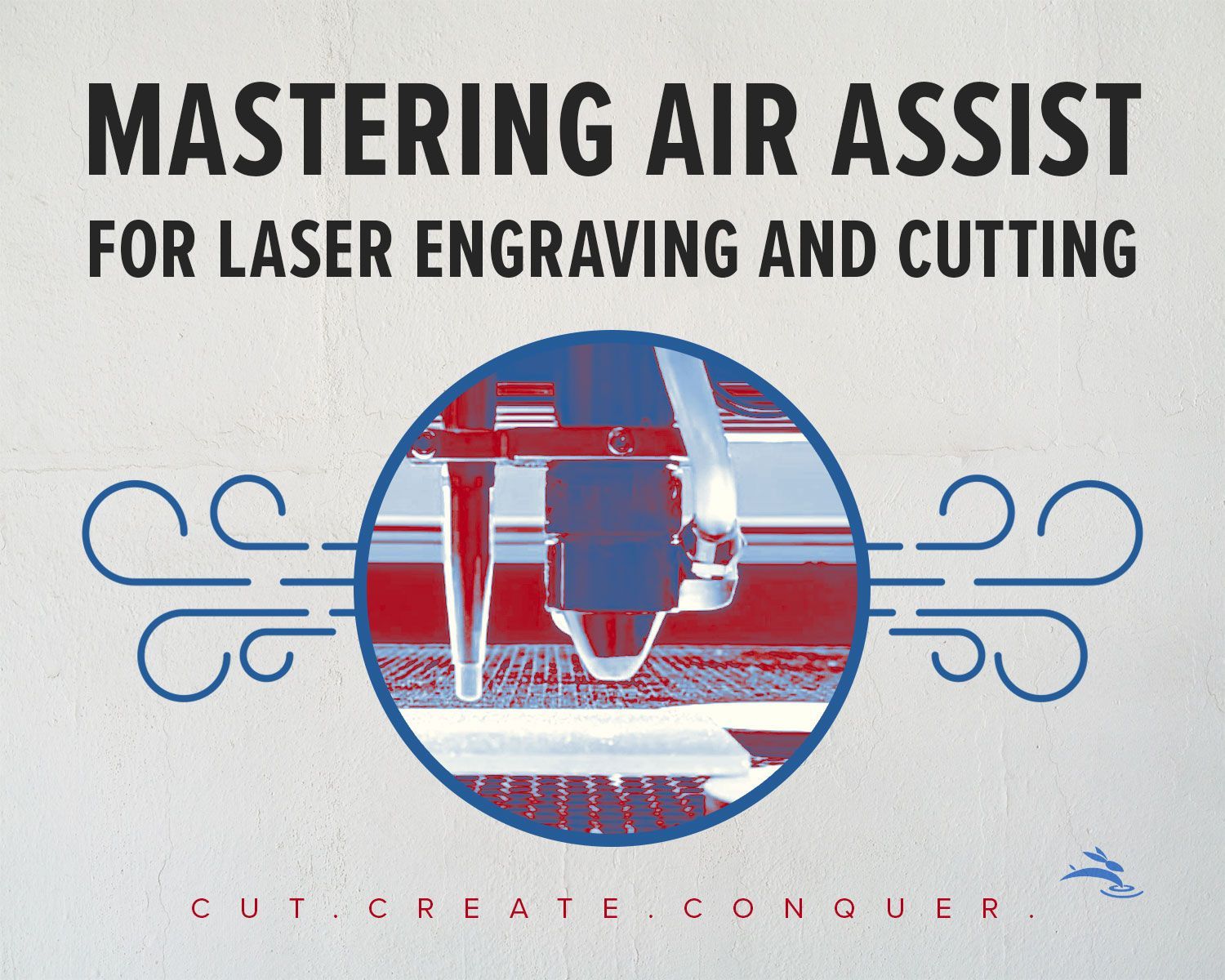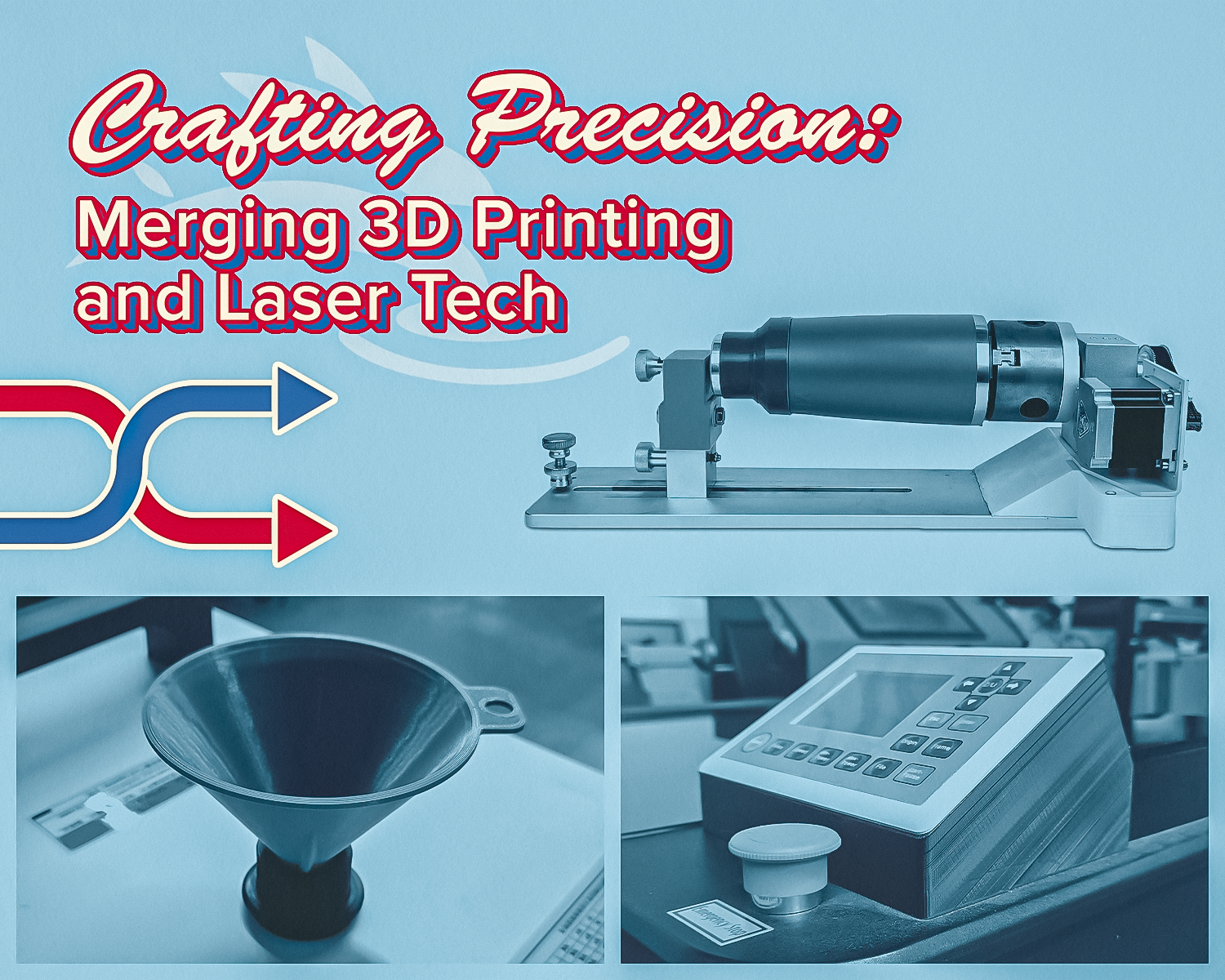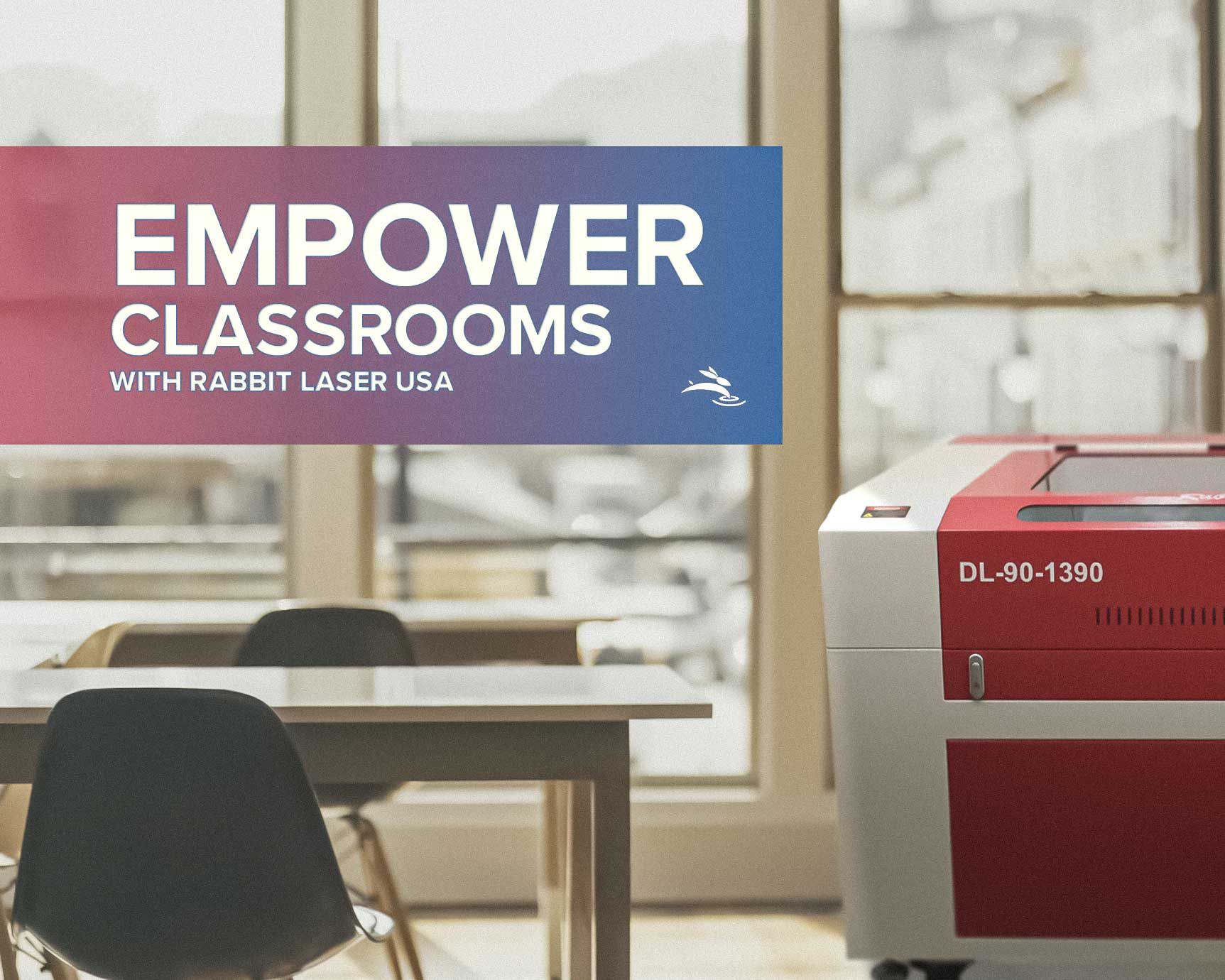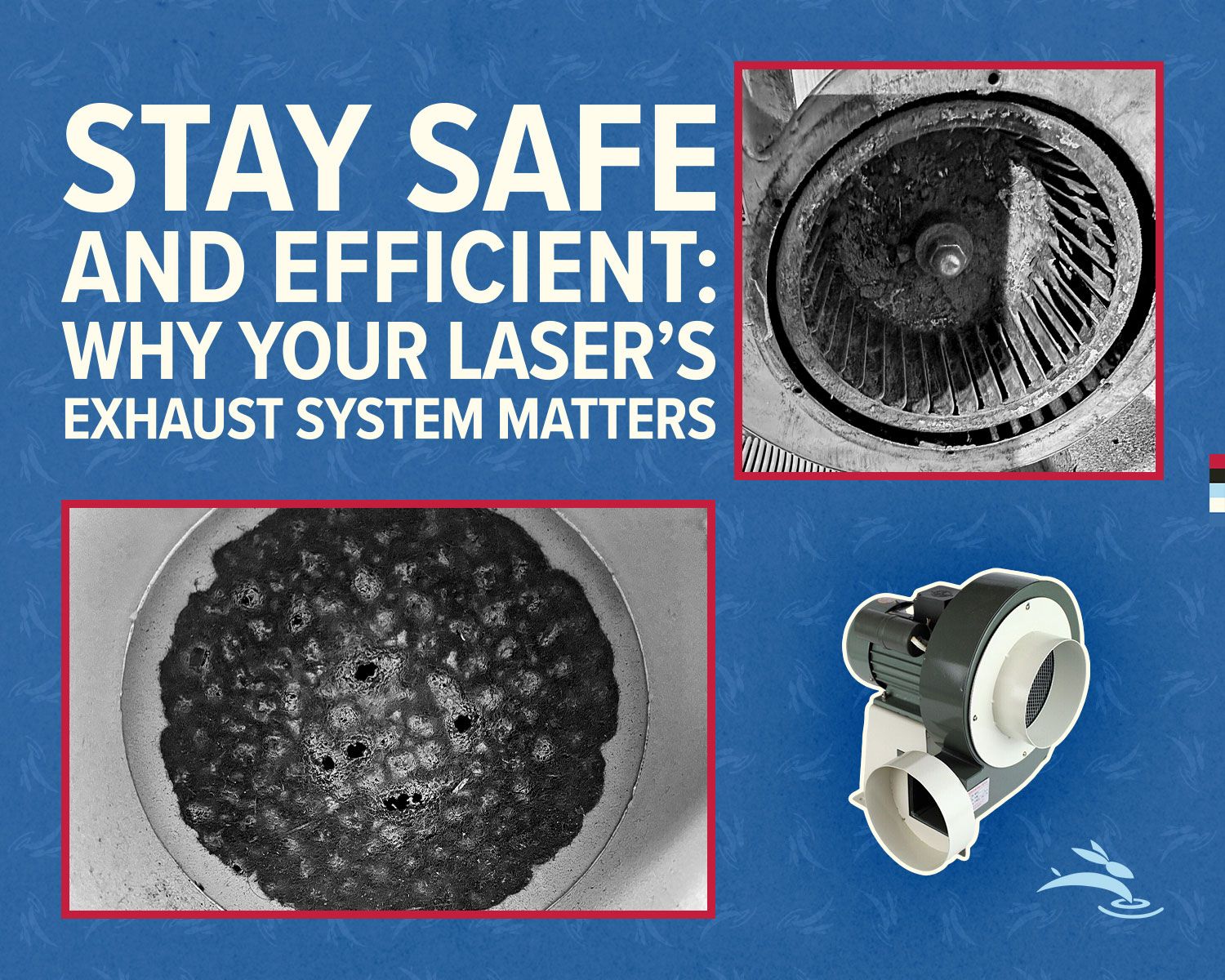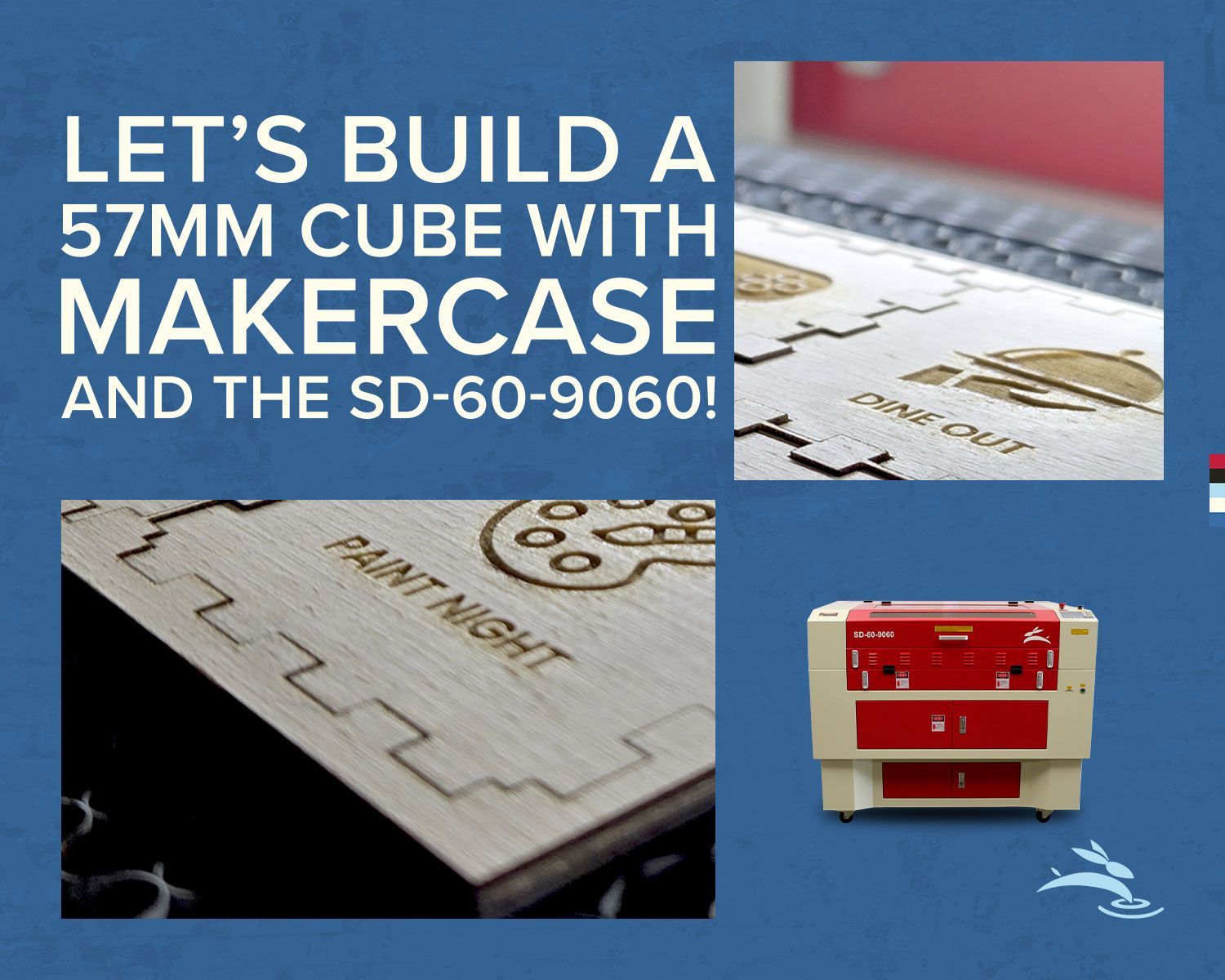Laser Engraving and Cutting: Your Guide to Legal and Copyright Matters
- Rabbit Laser USA
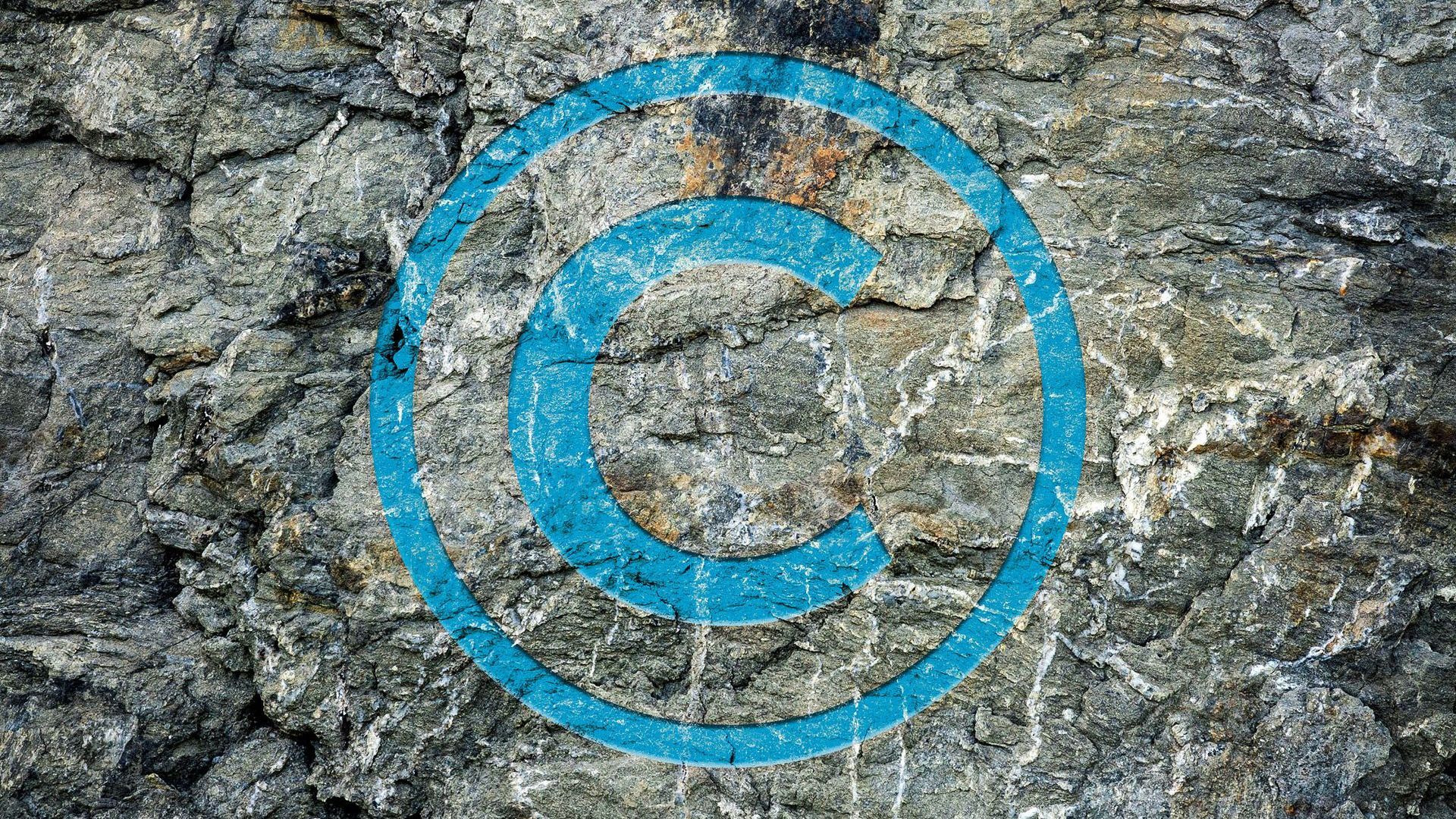
Introduction:
Welcome to the world of laser engraving and cutting, where creativity knows no bounds, and your imagination is the limit. Whether you're an enthusiastic hobbyist or a budding entrepreneur, the allure of turning ordinary materials into personalized works of art is undeniable. But as you embark on your laser engraving journey, there's an essential road you must tread: the path of legality and copyright compliance.
In this guide, we're here to be your trusted companions, simplifying the often perplexing world of legal and copyright considerations for laser engraving and cutting. While these topics might seem intimidating, we'll break them down into easy-to-understand concepts and provide you with real-life stories that shed light on the importance of understanding and respecting the law.
Section 1: Copyright Essentials for Laser Engraving Enthusiasts:
Before we dive into the intricacies of copyright law, let's start with the basics. Copyright is like a protective shield for creative works, covering everything from logos and artwork to designs. Imagine this: you're a hobbyist who just bought a laser engraving machine and stumbled upon a stunning image online that you'd love to engrave onto your project. Sounds great, right?
Well, meet Sarah, an artist who found herself in a similar situation. She decided to engrave a beautiful illustration she discovered online onto a wooden plaque to gift to a friend. It seemed like a heartfelt gesture until she received a cease and desist letter from the original artist. Sarah didn't realize that without proper permission or a license, her actions constituted copyright infringement.
Section 2: Using Copyrighted Material: Licensing and Permissions Demystified:
But what if you genuinely want to use copyrighted content in your projects? Perhaps you want to engrave a famous quote or incorporate a well-known logo. This is where the world of licensing and permissions comes into play.
Meet John, a small business owner who wanted to add a touch of elegance to his products by engraving famous quotes from classic literature. To do this legally, John reached out to the publishers and authors, securing the necessary permissions to use these iconic words in his designs. This not only allowed him to create beautiful products but also forged valuable relationships with authors and publishers who appreciated his respect for their work.
Section 3: Steer Clear of Legal Troubles: How to Avoid Intellectual Property Issues:
Intellectual property can be a minefield, and unwittingly stepping on a landmine can have significant repercussions. Take Lisa, for example, an Etsy seller who used a well-known cartoon character in her laser-engraved products, thinking it added charm. Little did she know that using such characters without proper authorization would result in legal action from the intellectual property rights holder. Lisa learned the hard way about the financial and reputational risks tied to intellectual property violations.
Section 4: Navigating the Gray Area: Fair Use and Transformative Works Explained:
Is there a gray area where you can legally use copyrighted material? Yes, it's called fair use, and it allows for the use of copyrighted content under certain conditions. Imagine you want to engrave a famous painting onto a wooden panel as a decorative piece. This might qualify as fair use, provided your use is transformative and doesn't harm the original creator's market.
For instance, Lily decided to engrave a famous painting onto wooden coasters and sell them online. However, she didn't simply replicate the artwork; she added unique elements to make the coasters distinct. This transformative use made her creations legally acceptable under fair use.
Section 5: Proactive Steps to Stay Legally Compliant:
To avoid becoming the unwitting star of a legal drama, it's crucial to take proactive steps. Consider Samantha, a laser engraving enthusiast who always conducts due diligence before embarking on a project. She researches copyright holders, seeks permissions when necessary, and ensures her creative ventures stay within the bounds of the law. Samantha knows that when in doubt, it's best to consult with legal professionals who can guide on complex issues.
Section 6: A World of Creative Possibilities: Alternatives to Copyrighted Material:
Now, let's talk about the bright side of creativity. There's a world of possibilities beyond copyrighted material. You can find royalty-free and open-source designs online as Jane did. Jane fell in love with the idea of engraving intricate mandala patterns on wooden boxes but didn't want to risk copyright infringement. She discovered a treasure trove of open-source mandala designs that allowed her to create stunning, unique pieces without legal worries.
Section 7: Recap and Practical Takeaways:
In this journey through legal and copyright considerations in laser engraving and cutting, you've learned valuable lessons from real-life stories:
- Respect copyright and seek proper permissions when using copyrighted material.
- Be aware of the risks of intellectual property infringement and steer clear of them.
- Understand the nuances of fair use and transformative works.
- Take proactive steps to stay legally compliant, including consulting legal professionals when needed.
- Explore the world of creativity through alternatives to copyrighted material.
Remember, your laser engraving and cutting adventures can be as legally sound as they are creatively fulfilling. By arming yourself with knowledge, respect for the law, and the tales of those who've come before you, you're well-prepared to embark on your artistic journey, where the laser's beam meets the canvas of your imagination. 🐇
